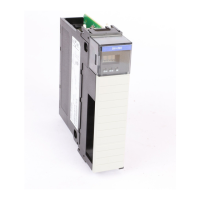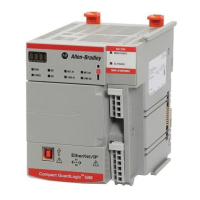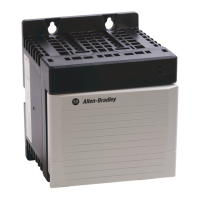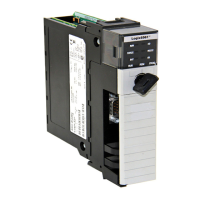1756-6.5.3 - December 1999
1-2 ControlNet Communication Basics
Module Features
The 1756-CNB module performs two primary tasks:
1. control of I/O data in conjunction with a Logix5550 controller
(scheduled data)
2. support of messaging data for configuration and programming
information (unscheduled data)
The 1756-CNB module has these primary features:
• support for a maximum of 64 bidirectional connections with other
ControlNet devices
• support of up to 20 buffers for unconnected messages
• bridging of unscheduled data (messaging and programming information)
• control of scheduled I/O and scheduled data (in conjunction with a
Logix5550 controller)
Support for up to 64 Bidirectional Connections
A connection is an open communication path between the data producer and
the data consumer on the network. The connection includes information
about the location of the consumer that significantly decreases the data
overhead. By contrast, an unconnected message is a traditional message that
uses the network address of the target device and the data address within the
target.
The 1756-CNB module supports a maximum of 64 bidirectional
connections. These connections can be any mix of unscheduled and
scheduled connections. If your application requires more connections, you
can place additional 1756-CNB modules in the same chassis and on the
same network as the first module to provide additional connections.
Important:The number of connections that can actually be supported on a
network is dependent upon the network configuration. For
example, only 10 to 12 connections can be supported at an RPI
(requested packet interval) of 5ms, and only 4 at an RPI of 2ms.
Important:If you choose to use additional modules to provide additional
connections, be sure to partition your application so that it best
uses the additional modules. See page 11-17 for an example
network.

